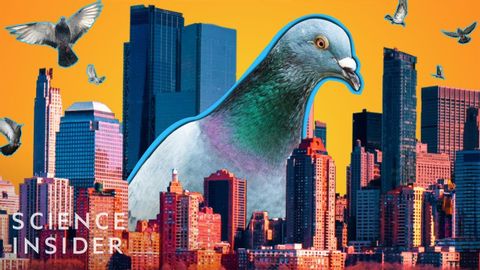街で見かける大量のハトはどこから来たのか(Why Cities Have So Many Pigeons)
lauren.huang が 2020 年 07 月 27 日 に投稿  この条件に一致する単語はありません
この条件に一致する単語はありませんUS /ɪˈsenʃəli/
・
UK /ɪˈsenʃəli/
US /ɪnˈkrɛdəbəl/
・
UK /ɪnˈkredəbl/
- adj.信じられない;すばらしい;信じられない;信じられない
US /ˈʌltəmɪt/
・
UK /ˈʌltɪmət/
- adj.根本的な;偉大な;最終的な;最大の
- n.アルティメット;極み;最終
エネルギーを使用
すべての単語を解除
発音・解説・フィルター機能を解除
